Pelagic Fish: Life in the Open Sea
By. Najih - 08 Sep 2025.jpg)
Kelolalaut.com The ocean is home to an incredible variety of fish species, each adapted to different habitats and lifestyles. Among them, pelagic fish hold a special place because of their ecological importance, economic value, and unique way of life. While the term may sound scientific, pelagic fish are actually very familiar to most people, as they include many of the seafood species we enjoy every day, such as tuna, sardines, and mackerel.
The word pelagic comes from the Greek word pelagos, meaning “open sea.” Pelagic fish are species that live in the water column of the ocean, away from the seabed. Instead of staying near the bottom or close to reefs, they swim in mid-water or near the surface, constantly moving through vast areas of the ocean. These fish are not tied to the ocean floor but to the wide, open waters. They can be found in coastal zones, continental shelves, or far offshore in the deep ocean. Because of their mobility, many pelagic species migrate long distances in search of food and breeding grounds.
Examples of Pelagic Fish
Pelagic fish include both small schooling species and large predators. These fish are widely consumed and play a central role in both local diets and international markets. Some of the most common examples are:
- Tuna – Known for their speed, strength, and importance in global seafood trade.
- Sardines – Small, oily fish that form massive schools and are rich in omega-3 fatty acids.
- Mackerel – Popular for their strong flavor and nutritional value.
- Anchovies – Small but economically significant fish used in many cuisines.
- Skipjack – A species of tuna widely used for canned products.
Characteristics of Pelagic Fish
Pelagic fish have several unique traits that make them well-suited for life in the open ocean:
1. Streamlined Bodies
Most pelagic fish are slim and torpedo-shaped, allowing them to swim quickly and efficiently over long distances.
2. Schooling Behavior
Many species form large schools, sometimes containing millions of individuals. This behavior offers protection from predators and helps with migration.
3. Fast Swimmers
Pelagic fish often need to chase prey or escape predators in the open sea, so they are built for speed. Tuna, for example, can reach speeds of over 70 km/h.
4. Diet
Their diets vary from plankton and small crustaceans (for smaller species like sardines) to larger prey such as squid and fish (for larger predators like tuna).
Ecological Role of Pelagic Fish
Pelagic fish play a vital role in marine ecosystems. They form an important link in the food chain, transferring energy from lower levels (plankton) to higher predators (such as sharks, dolphins, and seabirds). Their massive schools provide food for countless marine animals, and their migratory patterns help distribute nutrients across vast areas of the ocean. Because of their abundance, pelagic fish also influence the balance of marine biodiversity. A decline in their populations can affect entire ecosystems.
Economic Importance
Pelagic fish are among the most commercially valuable seafood products worldwide. Tuna, for instance, is a multi-billion-dollar industry, with millions of tons caught annually for fresh markets, canning, and sushi. Sardines, anchovies, and mackerel are also critical for both human consumption and fishmeal production, which supports aquaculture.
In many coastal communities, small pelagic fish are a staple food and an affordable source of protein. Their availability supports food security and livelihoods for millions of people.
Nutritional Value
Pelagic fish are highly nutritious, offering several health benefits:
- Rich in Omega-3 Fatty Acids – Essential for heart and brain health.
- High in Protein – Supports muscle growth and repair.
- Packed with Vitamins and Minerals – Including vitamin D, vitamin B12, and selenium.
Challenges and Sustainability
The popularity of pelagic fish has led to heavy fishing pressure, raising concerns about overfishing. Large species like tuna are especially vulnerable due to their high market demand and slower reproduction rates. Small pelagic fish, though more resilient, are also impacted by unsustainable practices. To protect these vital resources, many organizations and governments are promoting sustainable fishing practices, such as catch quotas, better monitoring, and eco-labeling programs like the Marine Stewardship Council (MSC). Consumers also play a role by choosing seafood from sustainable sources.
Pelagic fish are the true travelers of the ocean—swift, migratory, and essential to both ecosystems and human societies. From the small sardine to the powerful tuna, they provide food, income, and ecological balance. Their streamlined bodies, schooling habits, and vast migrations make them unique creatures of the open sea. As demand for seafood continues to rise, the importance of managing pelagic fish sustainably becomes even more urgent. By understanding their role and value, we can better appreciate the seafood on our plates and contribute to the preservation of ocean life for future generations.
If youre interested in our Cobia Whole Round / Whole Gilled Gutted , Cobia Fillet Skinless and Cobia Fillet Skin On please do not hesitate to contact us through email and/or Whatsapp

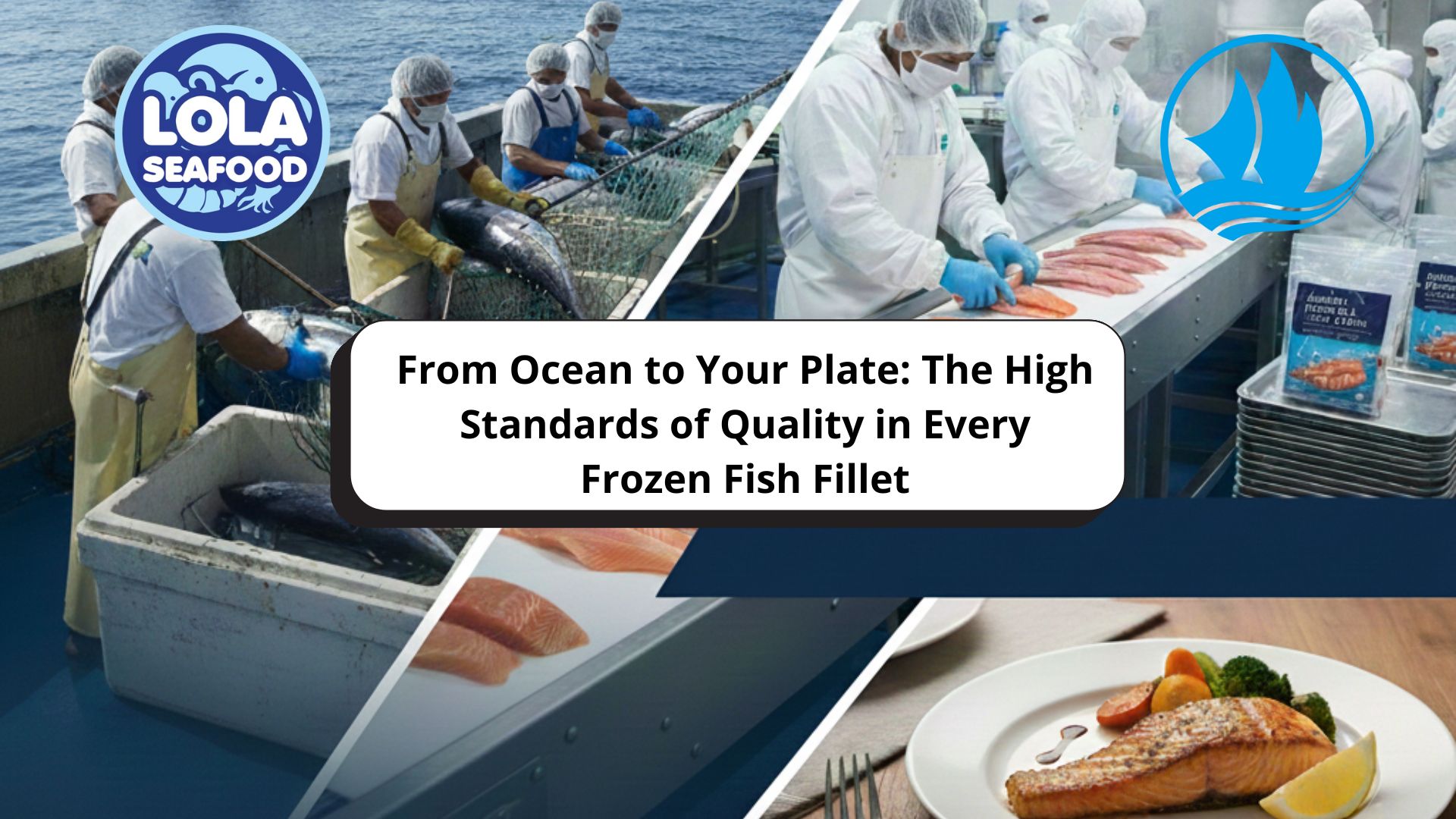
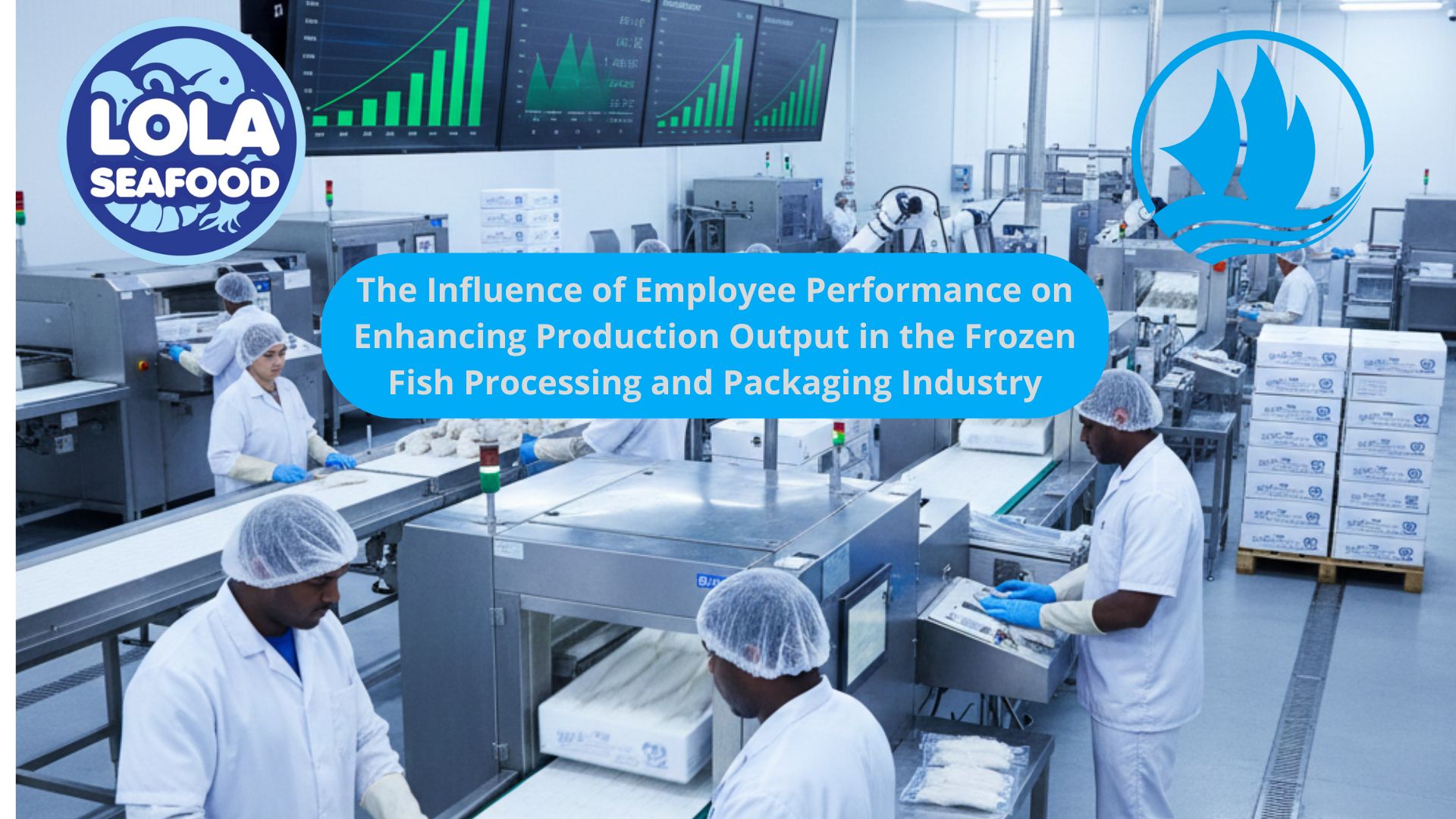
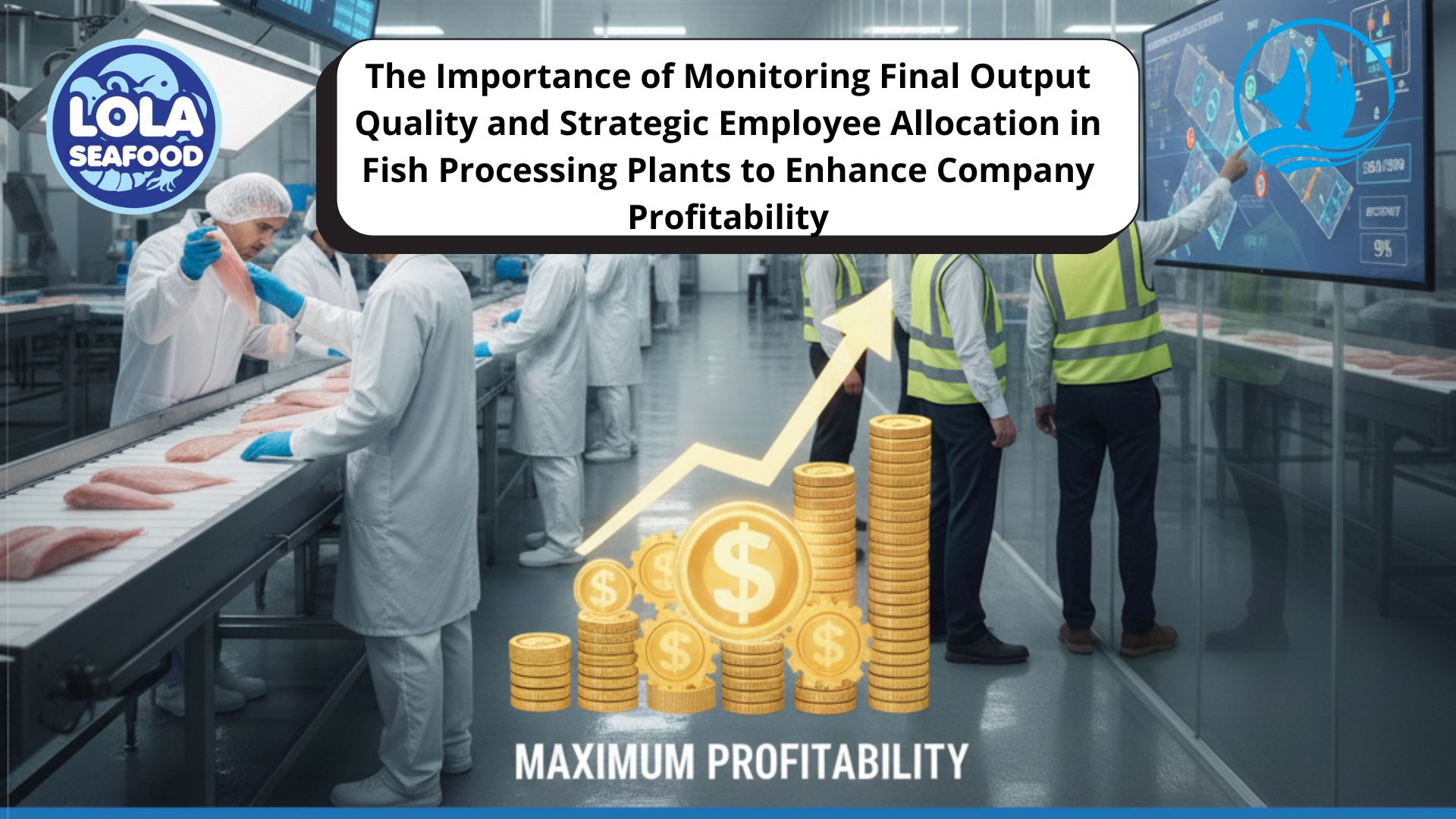
.jpg)
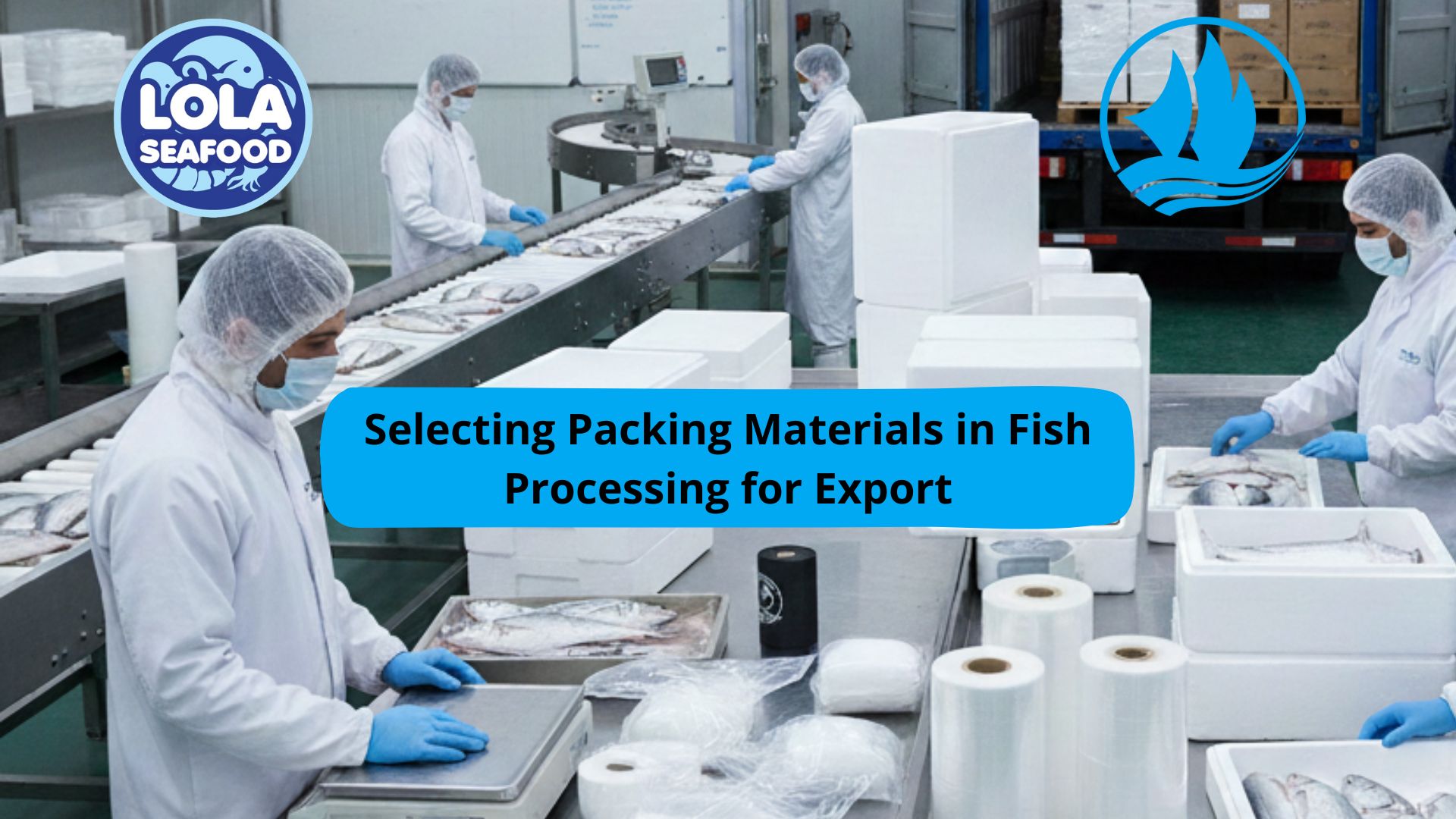
.jpg)
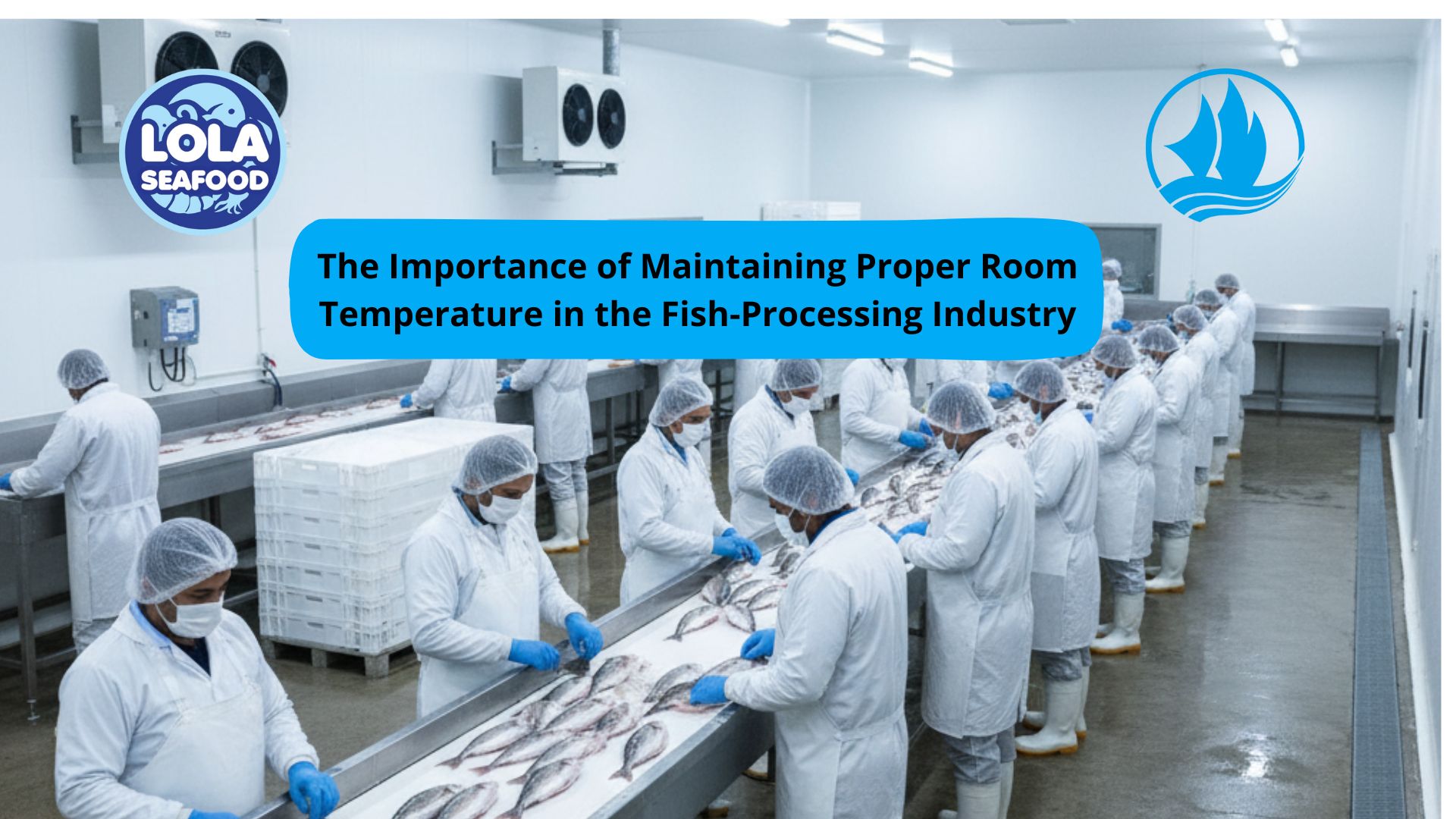
.jpg)